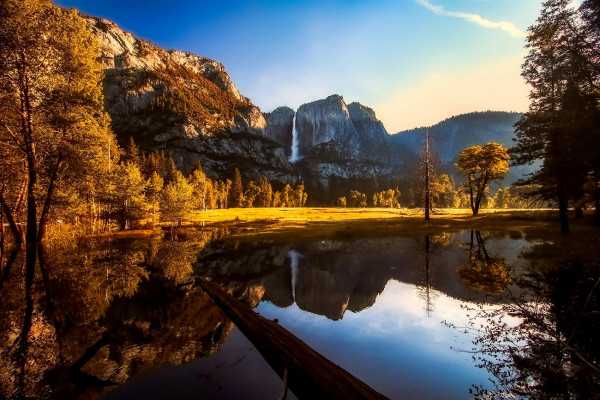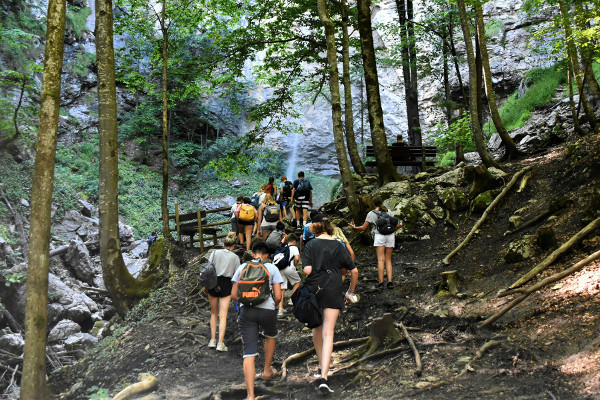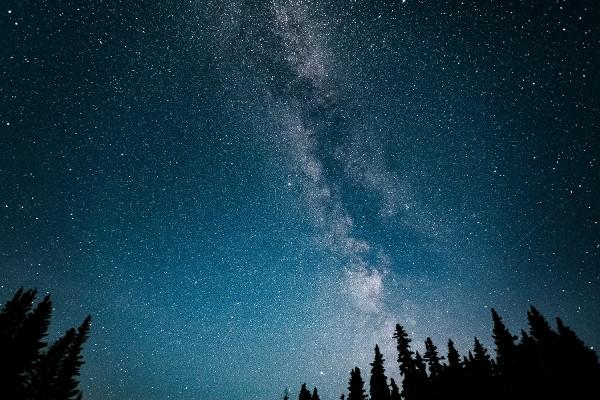The Essential Guide to Going for a Hike: Preparation, Safety, and Enjoyment in Nature
Going for a hike invites us to step away from daily noise and reconnect with the natural world in a simple, profound way. Whether you’re a beginner or returning to the trails, knowing what to bring, how to stay safe, and finding the right path can turn any outing into a meaningful journey. This guide offers gentle wisdom and practical advice to help you move through nature with ease, mindfulness, and a sense of belonging to the earth beneath your feet.
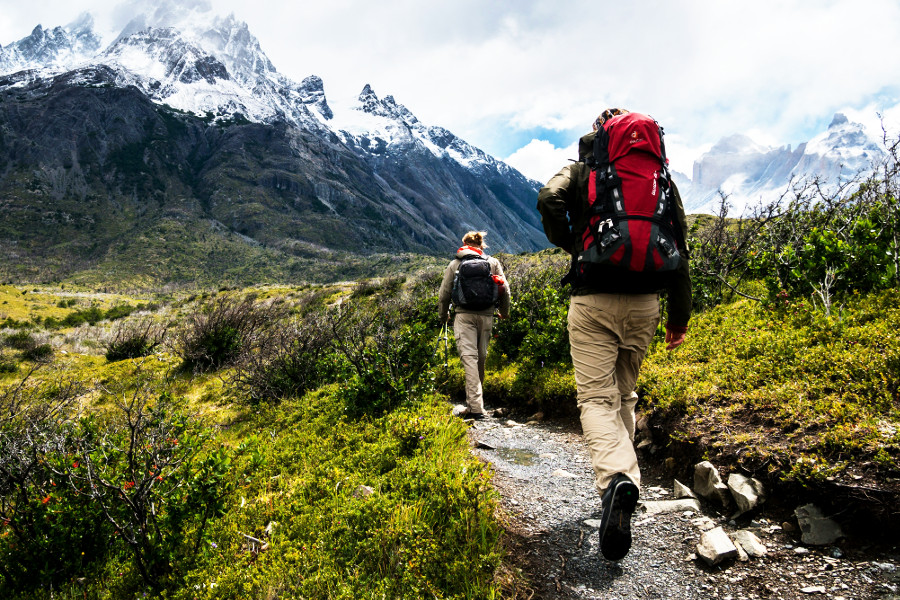
What should I bring on a hike?
Going for a hike is one of the simplest yet most rewarding ways to reconnect with nature. But even this seemingly straightforward activity benefits from a bit of preparation. Packing the right essentials can make the difference between a relaxing escape and a stressful experience. Water is your number one companion. Bring enough to keep your body hydrated and your mind clear. Add a few nourishing snacks – something natural and energizing like nuts or dried fruit. Dress for the elements and don’t forget sun protection. A small first aid kit, a basic map, and your phone (ideally with offline maps) are wise additions. Nature doesn’t need much from us – but being prepared allows us to fully immerse in the moment, without worrying about what we’ve forgotten.
What should I wear for hiking?
Choosing what to wear for a hike is not just about practicality – it’s about harmony with the natural world. Your clothing should be your second skin: breathable, flexible, and suited to the rhythm of the outdoors. In warm weather, lightweight fabrics that wick away moisture help your body move freely and stay cool. In colder seasons, layering becomes your best friend – like shedding or adding layers of protection as nature shifts. Avoid cotton; it clings to moisture and becomes heavy. Good socks and comfortable shoes are your trusted allies on uneven trails. A hat shields your face from the sun’s intensity, while a waterproof jacket guards against surprise showers. Dressing for a hike is a way of telling nature you’re ready – not just to move through it, but to be part of it.
How do I prepare for a hike?
Hiking begins long before you reach the trailhead. It starts with a quiet intention – the decision to step away from daily noise and reenter the world of trees, stones, and sky. Preparation is an act of respect, for yourself and for the land. Know your path: study the map, understand the distance, and take note of the terrain. Check the weather, charge your phone, and let someone know where you’re going. But just as important is preparing your mindset. Let go of urgency. Pack water, a snack, and your curiosity. Bring a light jacket, a small first aid kit, and perhaps a journal or camera – not to distract, but to deepen your experience. A hike isn’t just a workout. It’s a ritual of returning – returning to something we never truly left behind.
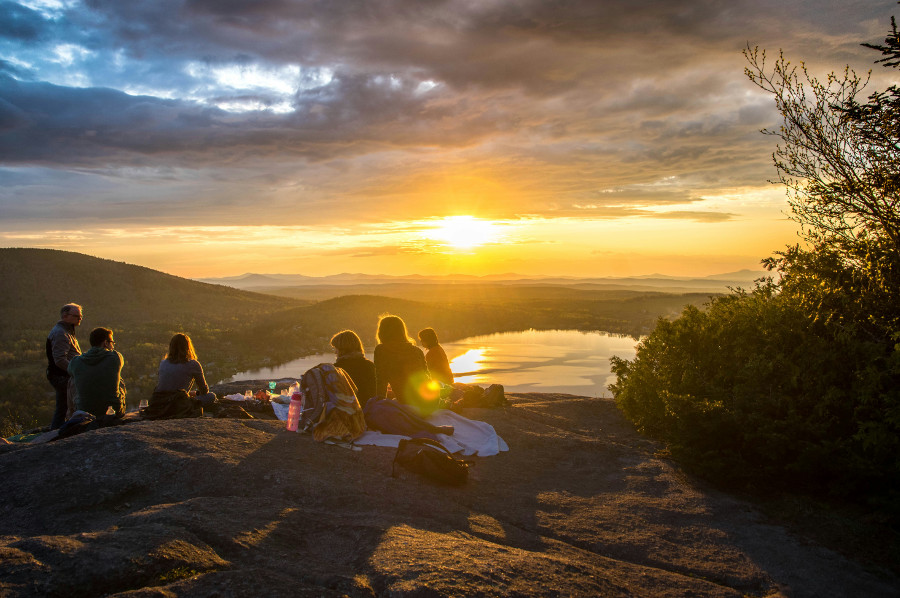
How much water should I take on a hike?
Water is life. Nowhere does this feel more true than on a trail where the sun kisses your skin, the air moves with a rhythm, and your footsteps fall in sync with your breath. When hiking, your body speaks in quiet signals – thirst being one of the most urgent. A good rule is to carry half a liter of water for every hour of walking. But this isn’t a formula – it’s a starting point. Heat, elevation, personal pace, and distance all play a role. On longer or remote hikes, bringing a small filter or purification tablets becomes more than precaution – it’s peace of mind. Drinking often, even before you feel dry, helps you stay present and strong. Water isn't just a necessity – it’s your tether to clarity and balance as you move through the wild.
How do I find hiking trails near me?
Sometimes the hardest part of hiking is simply knowing where to begin. But the trails are out there – just waiting to be discovered. Apps like AllTrails or Gaia GPS offer a wealth of maps and reviews. They turn vague curiosity into solid plans. Local parks, nature reserves, and even city green spaces often hide beautiful walks just around the corner. Ask at a nearby outdoor shop or join an online group of nature-lovers; you'll find people who speak the same quiet language of the forest. Printed trail maps, guidebooks, or simply walking into a visitor center can unlock paths you never knew existed. Nature is closer than we think. Often, it's just a short drive – or a shift in perspective – away from wherever you are.
How difficult is this hike?
The concept of difficulty in hiking is surprisingly personal. What feels gentle to one may feel overwhelming to another. It's not just about the numbers – miles, elevation, or terrain. It’s about your body, your energy, your mindset. Some trails are long but smooth; others short but steep. Weather can turn a moderate path into a real challenge. Before setting off, read trail descriptions carefully, look at recent reviews, and be honest with yourself. There is no shame in choosing ease – especially if what you seek is peace, not performance. Over time, your strength and stamina grow. But the goal isn't to conquer the trail. It's to move through it with awareness, to listen to your breath, and to let the journey match your needs – not your ego.
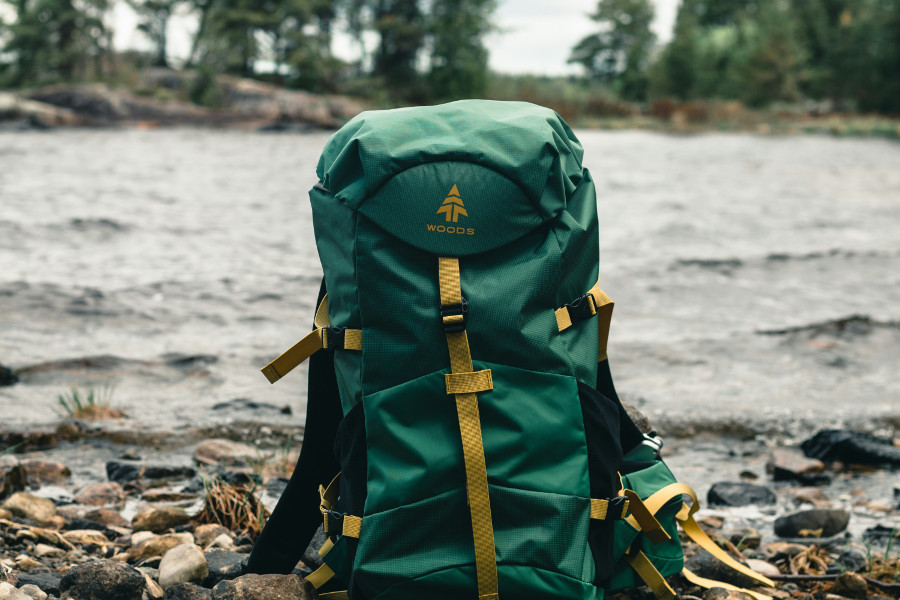
What are the best beginner hiking trails?
If you're new to hiking, you're at the beginning of something quietly powerful. Your first trails should invite, not intimidate. Look for loop paths under 3 miles with little elevation gain. These trails let you walk without rushing and stop without guilt. Forest walks, lakeside paths, or gentle hills are perfect for tuning into your body and the world around you. National and state parks often label trails by difficulty, and many beginner routes are designed for people just starting out. Paved paths in nature reserves or local arboretums can also offer a safe and beautiful introduction. What matters most is the feeling the trail gives you – not how far or high you go. In hiking, there’s no race. Only rhythm.
Here are a few useful links:
- Backpacker.com – A leading resource from *Outside Magazine* with gear reviews, trail guides, and expert hiking tips.
- AllTrails.com – Popular trail-finding platform with maps, user reviews, and customizable filters for hikes.
- Reddit – r/CampingandHiking – A large, active community forum for real-world hiking and camping advice.
What are some good snacks for hiking?
Food on the trail isn’t just fuel – it’s comfort. A handful of trail mix, a juicy apple, or a square of dark chocolate can be a small joy in the middle of a quiet forest. Choose snacks that are light to carry but rich in energy. Nuts, dried fruit, granola bars, and jerky are staples for good reason – they’re easy, nutritious, and satisfying. If you’re hiking longer, consider something more substantial like a peanut butter sandwich or a wrap. Avoid anything too salty or too processed; your body deserves better, especially when it’s working hard. A little sweetness can lift your mood, and a touch of protein keeps you going. Eating outdoors, with the sound of birds and wind around you, makes even the simplest snack feel like a feast.
How do I stay safe while hiking?
Hiking is both an escape and a responsibility. While the forest calms the mind, it also reminds us of our place – small, but part of something vast. Safety starts with preparation. Tell someone where you're going. Bring water, a map, a charged phone, and a small first aid kit. Wear shoes that grip and clothes that protect. But staying safe also means staying aware. Listen to the trail. Notice weather shifts, fading light, or unfamiliar paths. Don’t rush or push beyond your limits. Wildlife isn’t something to fear, but to respect. Keep your distance, make gentle noise, and don’t leave food behind. Most importantly, trust your instincts. Nature welcomes us – but it doesn’t bend to us. That’s part of the beauty – and the lesson.
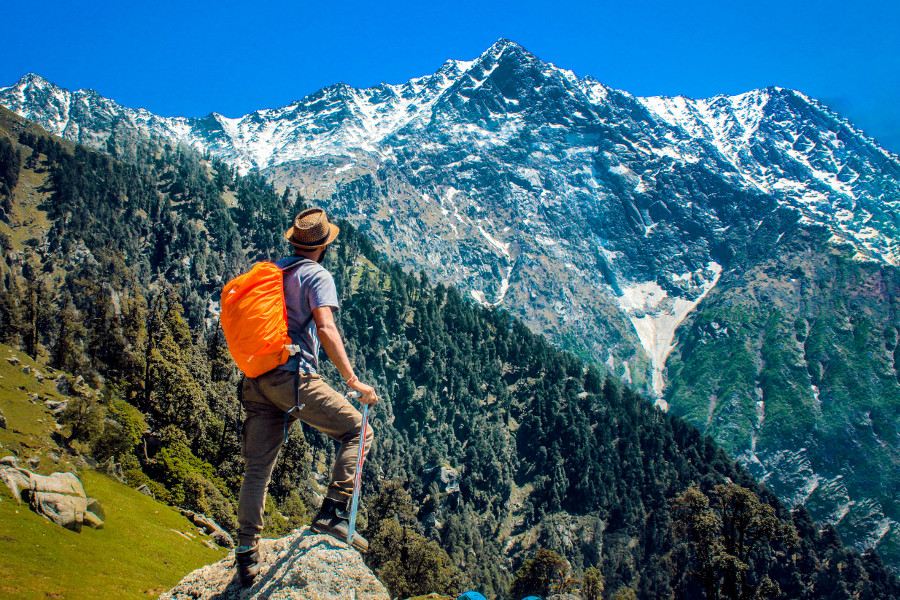
How long does it take to hike a certain distance?
Time in the forest doesn’t always follow the clock. Still, if you’re planning a hike, a rough estimate helps. A common rule says to allow about 30 minutes per mile, plus extra time for elevation. But these numbers don’t capture the full picture. Trail conditions, weather, your pace, and how often you stop all play a role. You may pause to admire a wildflower, take a photo, or simply breathe in the quiet. Give yourself that space. Rushing turns a hike into a chore. The journey is not just forward – it’s inward. So take time estimates as gentle guides, not strict limits. And remember: arriving at your destination is only part of the story. How you get there – slowly, mindfully, openly – is what leaves the real impression.
What should I do if I see wildlife on a hike?
To see wildlife on a hike is a gift – a fleeting moment where two worlds meet. But it’s also a reminder: we are visitors in their home. The most important rule is to keep your distance. Don’t approach, feed, or try to interact. Instead, pause. Watch. Let your presence be soft, your movements calm. Many animals will ignore you if you do the same. If it’s a larger creature like a bear or a moose, give plenty of space and slowly back away. Don’t run. Use your voice gently if needed. Most wildlife encounters are peaceful if you stay grounded. Make noise on the trail to avoid surprising animals. Hike with awareness. Respect is the heart of every safe encounter – and the beginning of true connection with the wild.
Can I go hiking alone?
Hiking alone can be one of the most powerful experiences of your life. It strips away the noise, the expectations, the constant dialogue. In solitude, the forest speaks more clearly. But solo hiking also demands care. Choose well-marked, familiar trails. Let someone know your plan. Bring everything you might need – water, food, map, phone, first aid. Move slower. Listen more. There’s a deep stillness in walking without conversation, a kind of meditation in motion. You’ll notice more: a rustle in the brush, a shift in the light, your own breath. If fear arises, don’t judge it – just take it as a reminder to be present and prepared. Nature welcomes both groups and wanderers. In its quiet company, you may find exactly what you didn’t know you were looking for.
Have fun in your outdoor adventures.

